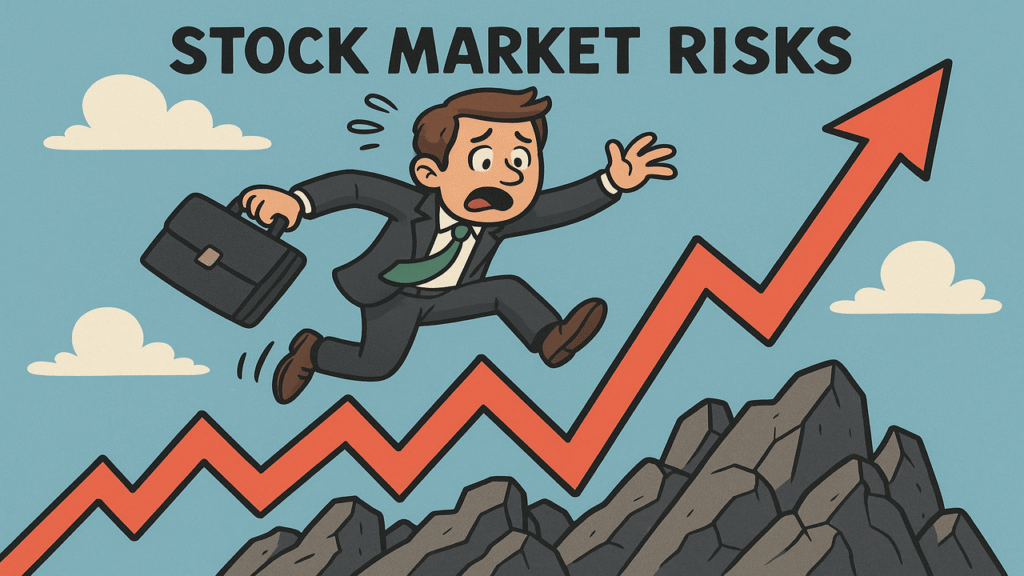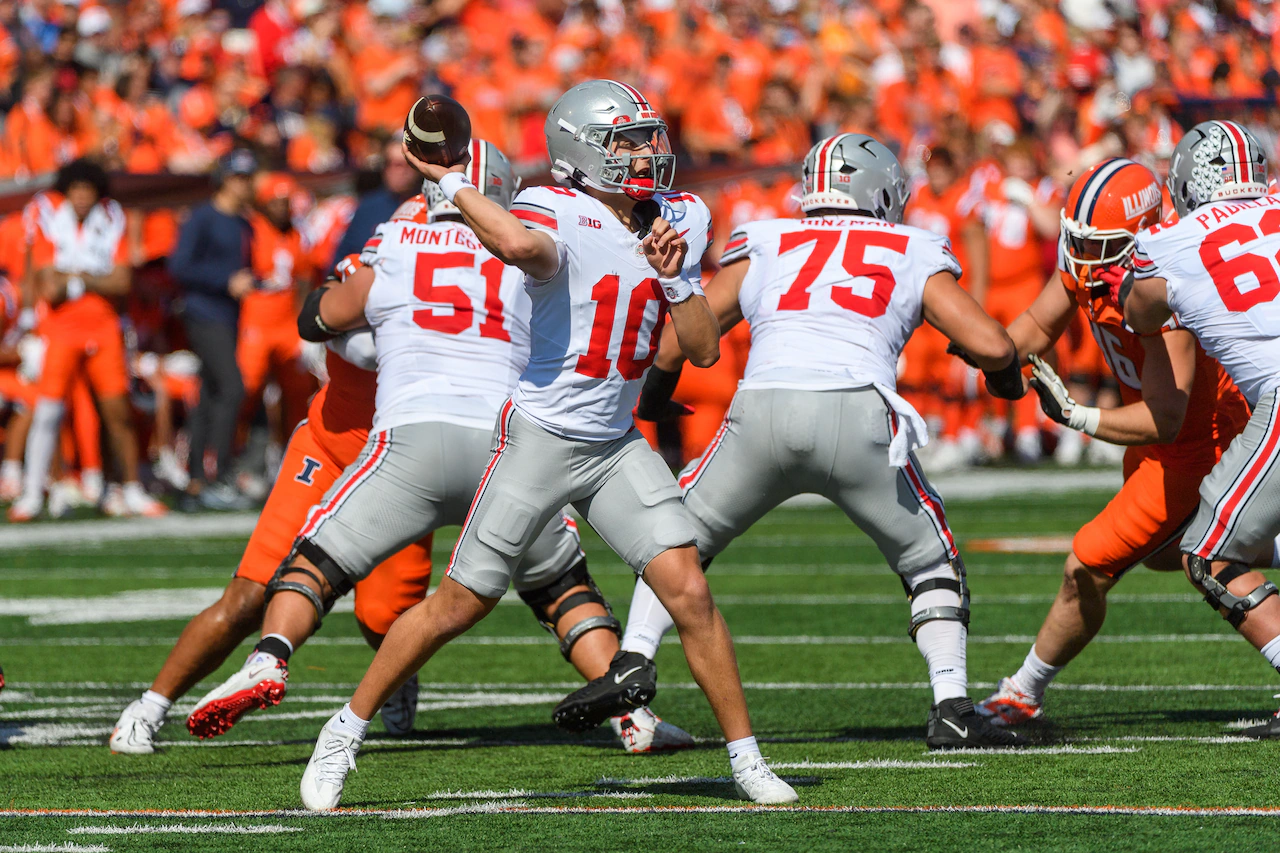Copyright sundaysprout

In this stock market basic article we are going to get info about share market basics. It is going to be an interesting one, so read it full. So, let’s begin. Basics Questions Regarding Stock Market & Investing : 1. What is a Stock?A stock represents ownership in a company. When you buy a stock, you own a small part (or “share”) of that company.If the company grows and earns profits, the value of your stock usually rises — and you may receive dividends (a part of the profit shared with shareholders).Example:If you buy stock in Infosys, you own a small fraction of Infosys itself. 2. What is a Share?A share is a single unit of ownership in a company’s stock.If a company has issued 1 crore shares and you buy 10, you own 10/1,00,00,000 part of that company.In short:“Stocks” refer to ownership in one or more companies.“Shares” refer to ownership in a particular company.Example:You can say, “I invest in the stock market,” or “I own 50 shares of TCS.” 3. What is Equity?Equity means ownership in a company after all debts are paid.In the stock market, equity refers to stocks or shares that represent ownership.It’s different from debt investments (like bonds) where you lend money instead of owning part of the company.Simple view:Equity = Ownership investmentDebt = Loan-based investment 4. What is a Mutual Fund?A mutual fund pools money from many investors and invests that money in various assets — like stocks, bonds, or gold — based on a set objective.Each investor owns “units” of the mutual fund, representing their share in the overall portfolio.Example:A mutual fund might invest in 50 top Indian companies. You can invest with as little as ₹500 and still indirectly own a part of all 50.Types of Mutual Funds:Equity Funds: Mostly invest in stocksDebt Funds: Invest in fixed-income instruments like bondsHybrid Funds: Mix of equity and debt 5. What is Investing?Investing means putting your money into assets (like stocks, property, gold, or mutual funds) expecting it to grow over time and generate income or profit.Investing helps your money work for you — instead of just sitting idle in a bank account. 6. Why Do People Invest?People invest for several reasons:Wealth creation – to grow their money over timeFinancial security – for retirement or emergenciesBeating inflation – to ensure money’s value doesn’t drop over timeAchieving goals – like buying a house, funding education, or travelPassive income – through dividends, rent, or interest 7. Best Ways of Investment (Popular Options in India)Here are some of the main ways people invest, from low to high risk:Investment TypeRiskExpected ReturnTime HorizonExampleFixed Deposits (FDs)Low5–7%Short to MediumBank FDsPublic Provident Fund (PPF)Low7–8%Long-termGovt-backedBonds / Debt FundsLow–Moderate6–9%MediumCorporate BondsMutual FundsModerate10–15%Medium–LongEquity SIPsStocks / EquitiesHigh12–20%+Long-termDirect share investmentGold / ETFsModerate6–10%Medium–LongSovereign Gold BondsReal EstateModerate–HighVariableLong-termProperty investmentRisks Attached with Different Types of InvestmentsEach type of investment carries some level of risk. Even the safest ones can have hidden risks like inflation or liquidity. Here’s a breakdown: 1. Fixed Deposits (FDs)Risk Level: Very LowRisks Involved:Inflation Risk: The interest you earn (5–7%) might not beat inflation (which can be 6–7%), so your real returnscould be low or even negative.Reinvestment Risk: If FD rates fall in the future, renewing the FD gives lower returns.Liquidity Risk: Breaking an FD before maturity often leads to penalties.Who Should Invest: Conservative investors or those needing guaranteed returns. 2. Public Provident Fund (PPF)Risk Level: Very LowRisks Involved:Liquidity Risk: Locked for 15 years (partial withdrawal allowed only after 7 years).Inflation Risk: Although safe, returns (~7–8%) may not always outpace inflation.Who Should Invest: Long-term savers seeking safety and tax benefits. 3. Bonds / Debt FundsRisk Level: Low to ModerateRisks Involved:Credit Risk: The company issuing the bond might default (not repay the principal or interest).Interest Rate Risk: When interest rates rise, bond prices fall.Liquidity Risk: Some bonds can be hard to sell quickly.Who Should Invest: Medium-term investors who want stable but better-than-FD returns. 4. Mutual FundsRisk Level: Moderate to High (depends on type)Risks Involved:Market Risk: The value of your investment fluctuates with the market.Management Risk: Poor decisions by fund managers can reduce returns.Liquidity Risk: Some funds (like ELSS) have lock-in periods.Who Should Invest: Those seeking long-term wealth creation without picking individual stocks.5. Stocks / EquitiesRisk Level: HighRisks Involved:Market Volatility: Prices can swing daily due to company performance or global factors.Business Risk: The company may underperform or shut down.Economic / Political Risk: Economic slowdowns, policy changes, or wars can impact stock markets.Emotional Risk: Many investors panic-sell during downturns.Who Should Invest: Long-term investors who can handle short-term ups and downs. 6. Gold / Gold ETFsRisk Level: ModerateRisks Involved:Price Volatility: Gold prices fluctuate based on global demand and currency value.Storage & Safety Risk: For physical gold.No Regular Income: Gold doesn’t generate interest or dividends.Who Should Invest: Those looking for diversification or hedge against inflation. 7. Real EstateRisk Level: Moderate to HighRisks Involved:Liquidity Risk: Selling property takes time.Market Risk: Property prices can stagnate or fall.Legal Risk: Ownership disputes or unclear titles.Maintenance Costs: Property requires regular upkeep.Who Should Invest: Long-term investors who can afford to lock funds for several years. Is There Any Investment with Zero Risk?I think Indian Bank FDs are very less risky. PPF, EPF & other Yojana I have not studied much about & you do not know Investment growth time period is very long, so in 15 years you do not know what is going to happen. In simple terms: there is no investment with absolute zero risk.However, some are considered “risk-free” in practical terms, because they are backed by the Government of India. Near-Zero-Risk Investments (in India):PPF (Public Provident Fund) – Government-backed and guaranteed.EPF (Employee Provident Fund) – Managed by government with assured interest.Sukanya Samriddhi Yojana – For girl child, backed by government.NSC (National Savings Certificate) – Safe and fixed return.Sovereign Gold Bonds (SGBs) – Issued by RBI, backed by government.Treasury Bills or RBI Bonds – Issued by the Reserve Bank of India, considered risk-free.Even these carry inflation risk (your returns might not beat inflation), but no risk of losing your money.RBI Bonds are also very good because , the top most Reserve Bank Of India gives you these bonds, so at least you are not going to lose your money. I have heard about Sovereign Gold Bond & NSC as well. You cannot lose your money here but there are other things like Corruption etc you have to take care of Good Points to Remember :Investment TypeRisk LevelKey RiskSuitable ForFixed DepositVery LowInflation RiskSafety-seekersPPFVery LowLiquidity RiskLong-term saversBonds / Debt FundsLow–ModerateCredit, Interest RateConservative investorsMutual FundsModerate–HighMarket VolatilityMedium-term investorsStocksHighMarket & Emotional RiskLong-term wealth buildersGoldModeratePrice VolatilityInflation hedgeReal EstateModerate–HighLiquidity & LegalLong-term asset seekersConclusion : Stock Market Risks & BasicsRisks in the Share Market — and How You Can Lose MoneyInvesting in the share market means buying ownership (shares) in companies. While it offers high returns, it also carries high risk, because prices can change daily due to many factors.Here’s a breakdown of the main risks and how they can cause losses 1. Market Risk (Volatility)The stock market moves up and down daily.Prices can fall suddenly due to economic news, global events, or political instability.Even good companies can see their share price drop temporarily.Example:If you buy a share at ₹500 and market sentiment turns negative, it might drop to ₹350 even if the company is still profitable.If you panic-sell, you lock in that ₹150 loss. 2. Company-Specific RiskThe company you invested in might face poor management, fraud, declining sales, or competition.Bad quarterly results, debt problems, or scandals can crash the stock price.Example:If a company’s profits fall or management is accused of fraud, its stock can lose 50–90% value overnight. 3. Economic and Political RiskA weak economy, inflation, higher interest rates, or new government policies can affect the entire stock market.Global events (like wars or oil price spikes) can also trigger market crashes.Example:During COVID-19 in 2020, global markets fell sharply because businesses were shut down — even strong companies saw their stock prices plunge. 4. Liquidity RiskSome small or lesser-known company stocks are not traded frequently.You may not find a buyer when you want to sell — or may have to sell at a much lower price.Example:You buy a small company’s stock at ₹50, but when you try to sell, no one is interested — forcing you to sell at ₹30 or hold it longer. 5. Emotional / Behavioral RiskMany investors lose money because of fear and greed — not the market itself.Buying at market highs (out of excitement) and selling at lows (out of fear) leads to real losses.Example:If you invest ₹1 lakh when the market is booming and panic-sell when it crashes 20%, you lose ₹20,000 — even if prices later recover. 6. Time Risk (Short-Term Investing)Stocks perform best over long periods (5+ years).If you invest short-term expecting quick profits, you may face losses due to temporary dips.Example:If you invest ₹1 lakh for 6 months and the market falls 10% that period, you lose ₹10,000 — even though it might recover next year. 7. Diversification RiskPutting all your money in one or two stocks is risky.If one company fails, your whole investment suffers.Example:You invest all ₹1 lakh in one company. It crashes by 60%. You now have ₹40,000.If you had invested in 5 different companies, your loss might have been just 10–15%. 8. Regulatory or Tax RiskChanges in government rules, taxes on capital gains, or SEBI regulations can affect returns.Sudden bans or new financial laws can hurt specific industries.Example:If the government raises capital gains tax or bans certain exports, related stocks can drop sharply.So, this blog was mainly aimed at what are the Share Market or Stock Market risks. So, I hope I have rightly given the idea about the risks, plus you got other Investment related information as well. I hope you like it. Best of luckHappy Investing



